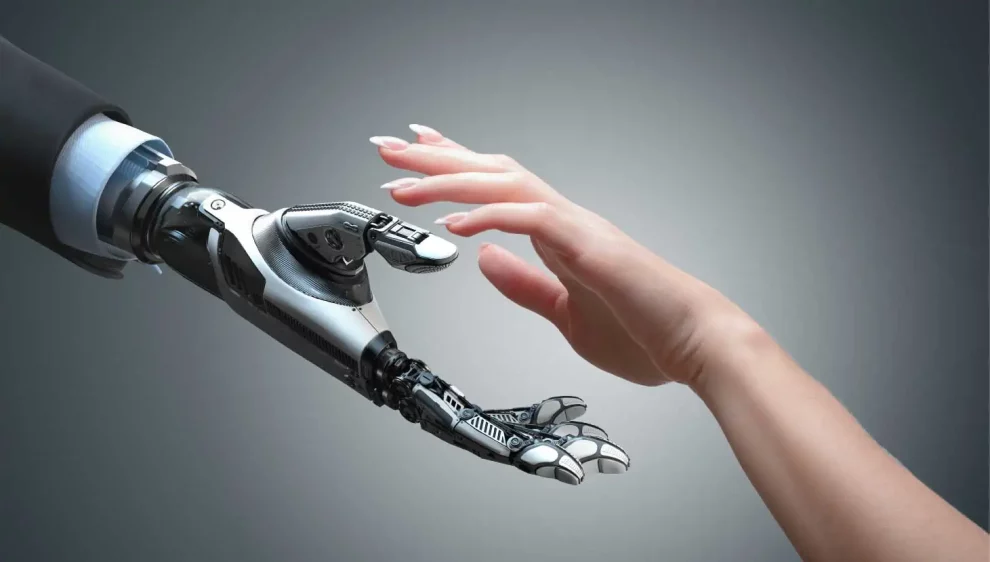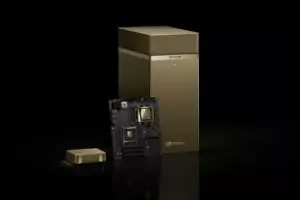As Artificial Intelligence (AI) rapidly advances, the need to ensure its alignment with human values becomes paramount. While traditional testing methods hold merit, they often struggle to capture the nuances of human-AI interaction in real-world scenarios. This is where Virtual Reality (VR) prototyping environments emerge as a powerful tool for continuously testing AI alignment with human values.
The Challenge: Bridging the Gap Between Benchmarks and Reality
Current AI safety testing primarily revolves around benchmarks and controlled environments, while real-world applications are often complex, dynamic, and unpredictable. This disconnect can lead to flawed systems that perform well on benchmarks but exhibit harmful or undesired behavior in actual use.
Here are some limitations of traditional testing methods:
- Limited scope: Benchmarks often focus on specific tasks, failing to capture broader ethical considerations.
- Lack of real-world context: Controlled environments lack the complexities and nuances of real-world situations, leading to generalizability issues.
- High cost and time investment: Setting up and conducting complex real-world tests can be expensive and time-consuming.
VR Prototyping: A Stepping Stone Towards Robust AI Safety
VR prototyping environments offer a unique solution to overcome these limitations and continuously evaluate AI alignment with human values. Here’s how VR can revolutionize AI safety testing:
- Immersive simulations: VR creates realistic, immersive scenarios that closely mirror real-world situations. This allows AI agents to interact with a dynamic environment filled with diverse stimuli, mimicking real-world complexities.
- Scalability and cost-effectiveness: VR environments are highly scalable and cost-effective compared to real-world testing.
- Continuous evaluation: VR allows for iterative testing and continuous feedback, enabling researchers to refine AI algorithms and value systems based on observed behavior.

How VR Prototyping Works: A Step-by-Step Approach
- Scenario Design: Define a specific scenario that aims to test a particular aspect of AI alignment with human values. This could involve situations requiring ethical decision-making, resource allocation, or social interaction.
- Environment Building: Develop a VR environment that accurately reflects the chosen scenario. This may involve creating virtual characters, objects, and environments that interact with the AI agent.
- AI Integration: Integrate the AI agent into the VR environment. The agent might be tasked with completing specific goals or simply interacting with the environment and its elements.
- Data Collection and Analysis: During the simulation, observe the AI’s actions and decisions. Capture data including interactions with objects, dialogue choices, and any observed ethical violations. Analyze this data to identify any discrepancies between the desired and observed behavior.
- Iteration and Refinement: Based on the analysis, refine the AI algorithms, the scenario itself, or both to ensure the AI’s behavior aligns with human values in the simulated environment. Repeat steps 1-5 iteratively to continuously improve the AI’s value alignment.
The Benefits of VR Prototyping for AI Safety
Enhanced ecological validity: VR scenarios bridge the gap between controlled environments and real-world settings, providing a more realistic and ecologically valid testing ground for AI safety.
Improved generalizability: The ability to test in diverse VR scenarios allows for a more comprehensive evaluation of the AI’s ability to maintain desired behavior across different situations.
Cost-effective and scalable: VR prototyping offers a cost-effective and scalable solution compared to traditional real-world testing.
Continuous feedback loop: The iterative nature of VR testing allows for continuous feedback and improvement, leading to a progressive refinement of the AI’s value alignment.
Examples of VR Prototyping in Action:
Moral Machine Scenarios:
Researchers have developed VR versions of the “Moral Machine” dilemma, where users make ethical decisions in trolley problem-like situations. These scenarios can be used to test AI’s decision-making frameworks in similar situations.
Fairness and Bias Detection:
Researchers can create VR environments that test for and identify potential biases in AI algorithms. For example, scenarios mimicking loan applications or job interviews can reveal how AI agents treat individuals from different demographics.
The Road Ahead: Challenges and Opportunities
While VR prototyping holds immense potential, it also faces challenges:
- Developing comprehensive and realistic scenarios requires significant expertise in both AI and VR development.
- Defining and measuring human values remains a complex and ongoing philosophical discussion.
- Security and ethical considerations regarding data collection and potential misuse of VR scenarios need to be addressed.
Despite these challenges, VR prototyping presents a transformative opportunity for continuously testing and ensuring AI alignment with human values.
















Add Comment